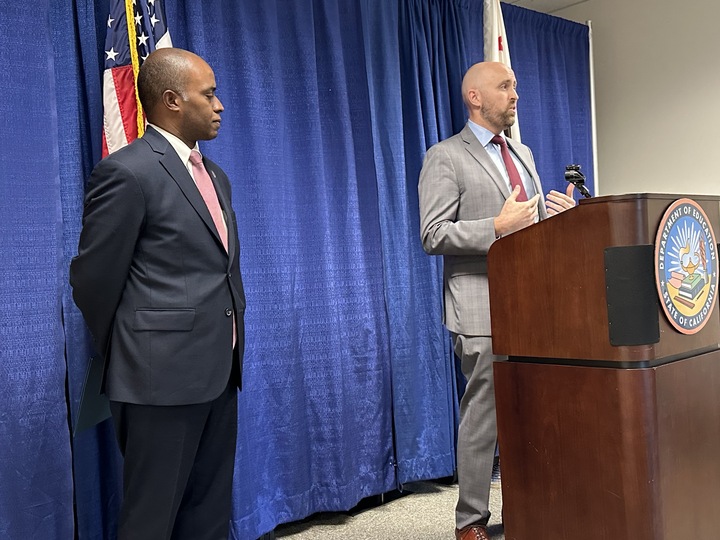Upgrading school facilities can have financial, academic and environmental benefits, according to a new brief from the U.S. Congress Joint Economic Committee.
At an average age of 50 years old, many public school buildings are in desperate need of renovations. As it stands, an estimated 53 percent have never gotten any major work done.
Investing in infrastructure is essential to ensuring the best outcomes for students.
“Schools can make several upgrades and repairs that will benefit students’ physical health and academic success,” according to the brief. “Modern school ventilation that improves air quality and retrofitted electric school buses, for example, are proven to have benefits for students’ school attendance, test scores and health. Natural light, functioning school heating and cooling systems, and quality classroom acoustics can help improve students’ ability to focus and better absorb information.”
Updates to heating, ventilation and air conditioning (HVAC) systems also prepare schools and communities for extreme weather events, which have become increasingly common, such as wildfires and rising temperatures. This is critical for students and staff day-to-day, but is also valuable for whole communities as schools can serve as emergency shelters in emergencies.
“Many schools lack the climate-resilient infrastructure needed to protect students from school disruptions. In California, for example, around 40 percent of schools are more than 50 years old and likely not equipped for the high heat and extreme weather events that the state is increasingly facing,” the brief states. “These schools may place students at a greater risk of exposure to heat and wildfire smoke, harming their health, increasing their medical costs, and interfering with their ability to learn.”
A 2020 report from the U.S. Government Accountability Office cited in the brief found that 41 percent of districts need to update or replace the HVAC systems in at least half their schools — an estimated 36,000 sites. Additionally, 28 percent need to update or replace interior light fixtures, 28 percent roofing, 27 percent safety and security, 13 percent structural integrity and 9 percent environmental conditions.
Addressing these needs is also a matter of equity as the consequences of poor infrastructure are most prevalent in underfunded schools and those serving Native and Black students.
Long-term savings of going green
“Each dollar spent on renovating structures to use modern building codes can save $11, by averting post-disaster costs,” according to research cited in the brief.
Local educational agencies have annual energy costs of about $8 billion combined and produce the same level of emissions as 18 coal-fired power plants. “By transitioning schools to clean energy sources, the United States could dramatically reduce emissions and save school districts money on their energy bills,” the brief states.
Transitioning from traditional buses to electric ones is another strategy that can lower operational costs and reduce emissions.
“Electric school buses could also play a role in strengthening the U.S. electric grid, by providing energy back to the grid using vehicle-to-grid technology (V2G) — when electric school bus batteries put their power back into the grid outside of school hours,” according to the brief. “In the Stockton Union School District in California, for example, electric school buses are used to support the grid during events such as wildfires, providing backup power to help with power outages.”
In recent years, federal programs such as the American Rescue Plan and the Bipartisan Infrastructure Law have provided financial support for LEAs to aid in infrastructure improvement projects and more opportunities continue to emerge.
“When schools and districts take advantage of federal funding opportunities, they’re supporting their students and the environment while saving money that can be used for other purposes like raising teacher wages. They are also ensuring that school infrastructure will be in a better position to face the growing threat of climate change and keep students safe,” the brief concludes.





